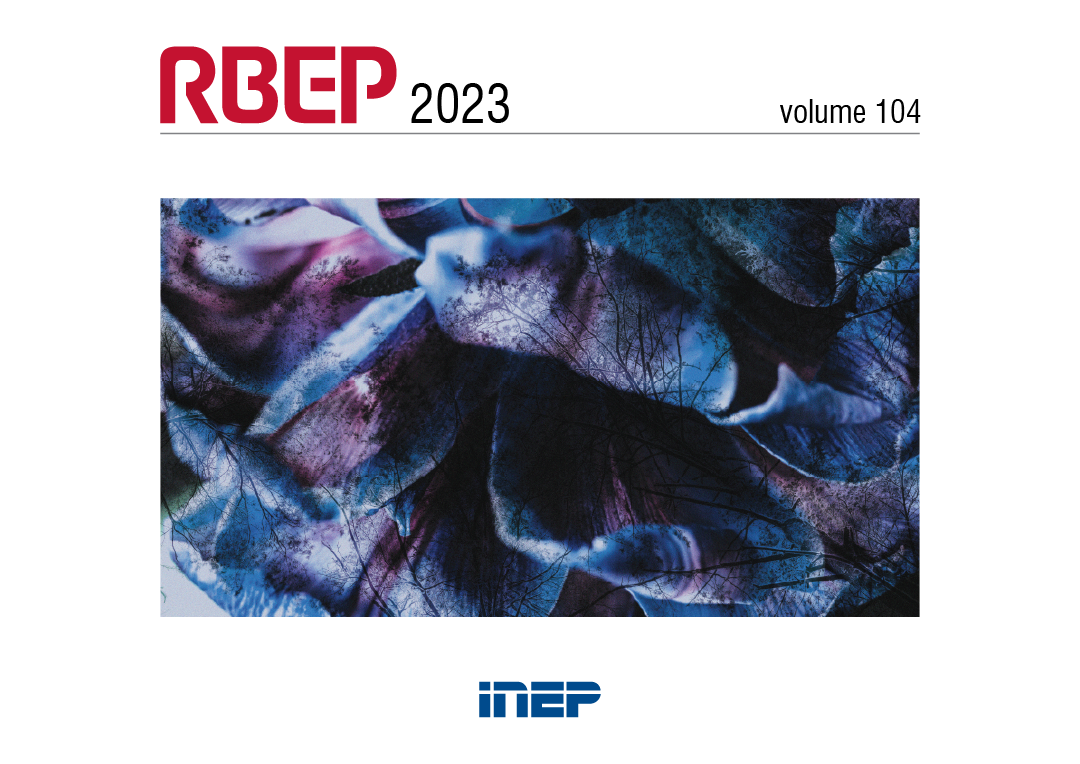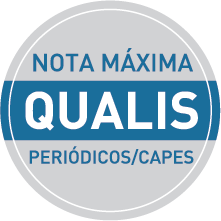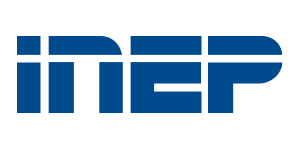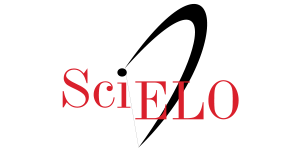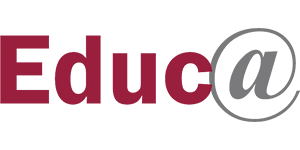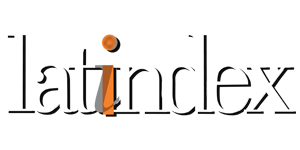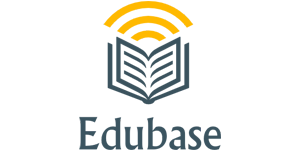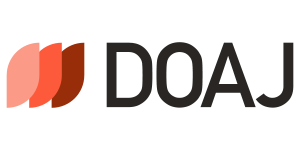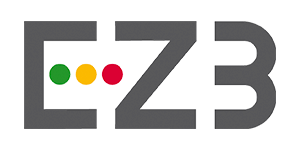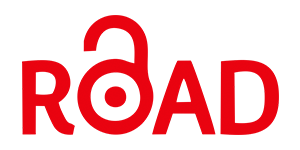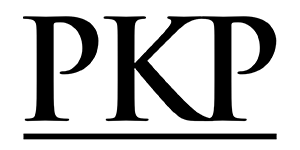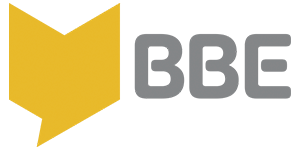Aiding higher education professors transform passive methodologies into active methodologies in the classroom: the practice of the Clinic of Teaching Activity in focus
Abstract
This study displays an experience report on continuing teacher training in higher education and seeks to aid professors transform passive methodologies into active methodologies in the classroom. These so-called “active methodologies” are in vogue and perhaps have never been demanded, recommended or expected as much as recently, so that teachers begin to “use” or “employ” them in classrooms for the benefit of their students. In this sense, professors would have to “abandon” the passive methodologies that they have traditionally been “using”. In such a scenario, the study adopted a theoretical and methodological standpoint of the Clinic of Teaching Activity, which is largely guided by a dialogical and developmental perspective inspired by Bakhtin and Vygotsky, and uses the method or technique of self-confrontation, in which, generally, professors observe images of themselves in action and are led to analyze their activities and interact collectively. Based on these theoretical and methodological assumptions, our experience report revealed, through a concrete clinical case, that the most appropriate step is to find ways to effectively help professors reaching active methodologies, by means of factual transformation of the passive methodologies that they already mobilize in the classroom when interacting dialogically with the students.
Downloads
Copyright (c) 2023 Brazilian Journal of Pedagogical Studies

This work is licensed under a Creative Commons Attribution 4.0 International License.
Once their work is accepted for publication, author’s copyrights are automatically relinquished to the National Institute for Educational Studies and Research Anísio Teixeira (Inep).
Since 2016, the journal Revista Brasileira de Estudos Pedagógicos (RBEP) uses the licence CC-BY.
Partial or total reproduction of the content of this Journal is permitted provided that the original publication is properly referenced, as well as a link to license CC BY 4.0 and to indicate any possible alterations made to the article.

